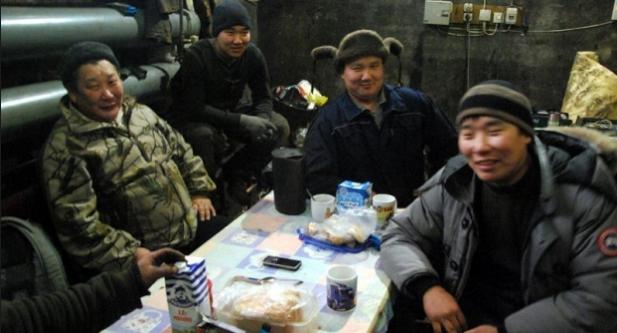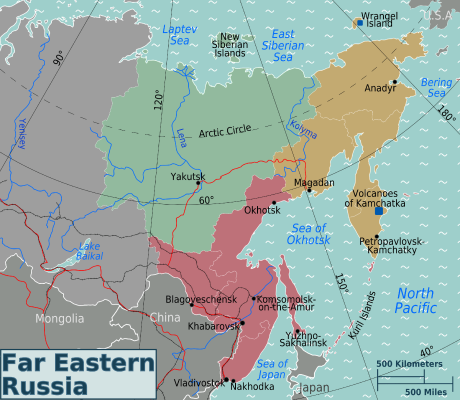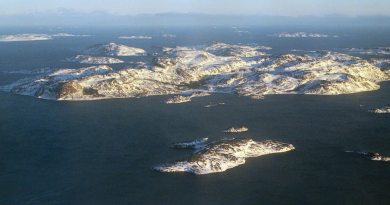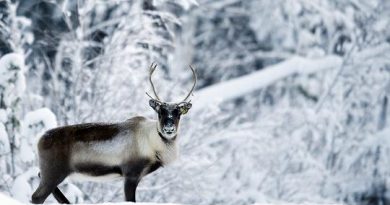Siberia’s ice road truckers: ‘A way of life,’ says writer

Siberia’s ice road truckers may not have the same celebrity status as their North American counterparts, but one Russian journalist says their lives are at least as extreme.
Some spend up to a month at a time travelling by convoy through the snowy mountains of Russia’s most northeasterly administrative region, Chukotka, by winter road.
Bolot Bochkarev is a photographer, travel guide and writer living in Yakutsk. He also has a brother who spends up to a month at a time on the ice road.
Last month, he visited some truckers in the city who were tuning up their rigs before heading deep into the Siberian wilds.
“It’s like a way of life, to be somewhere on the road and to meet challenges every day,” Bochkarev says.
The region’s single all-weather road, the Kolyma Highway, stretches over 2,000 kilometres between the city of Yakutsk on the Lena River and the city of Magadan on the Sea of Okhotsk. It’s also known as the Road of Bones because it was built by slave labour during the height of the Gulag era under Stalin. The bones of those who died were built into the road rather than buried.
“It’s still thick with history,” Bochkarev says.
The road was never fully completed; parts of the journey required a ferry or winter travel on river ice. For many years, it was a route travelled by adventurers only, many of whom made the trip by motorbike.
In recent years, the Russian government has maintained the road year round, making the road an important transportation route in Russia’s far east.
But there are still roads in the area that are only passable in winter, when rivers are frozen.
“In the middle of the road, there is a settlement, Ust-Nera,” Bochkarev says. “From there there is a winter road that goes right to the Arctic Zone, to the polar circle and even to Chukotka.”
Bochkarev says the winter road is about 1,000 kilometres long. It’s used to bring food, goods, construction materials and other supplies to the towns and villages that otherwise rely on air and river travel.
“Anything can happen on this part of the road,” Bochkarev says.

Ice truckers ‘very cool guys’
Bochkarev says he was drawn to the ice road truckers because he likes to tell stories about regular people who live in extreme conditions.
“I think they’re very cool guys,” he says. “Very great people.”
Bochkarev says few of the truckers use satellite phones. Instead, they carry walkie-talkies so they can at least chat with one another during long drives.
“They usually travel in a group, like four or five trucks,” Bochkarev explains. “If one will be stuck, another will come and help and get him from the ice track, for instance. They can only rely on each other.”
As for the scenery on the Russian ice roads, Bochkarev says, “It’s like Canada, I guess. Big mountains, high trees, very snowy.”
But, he adds, “it’s usually very cold up there, like –60 C is something regular. The big difference might be only extreme weather conditions.”
Related Links:
Canada: Climate Change to Ravage Arctic Ice Roads, CBC News
United States:Ice-road construction reaches new levels in Arctic Alaska, Alaska Dispatch



